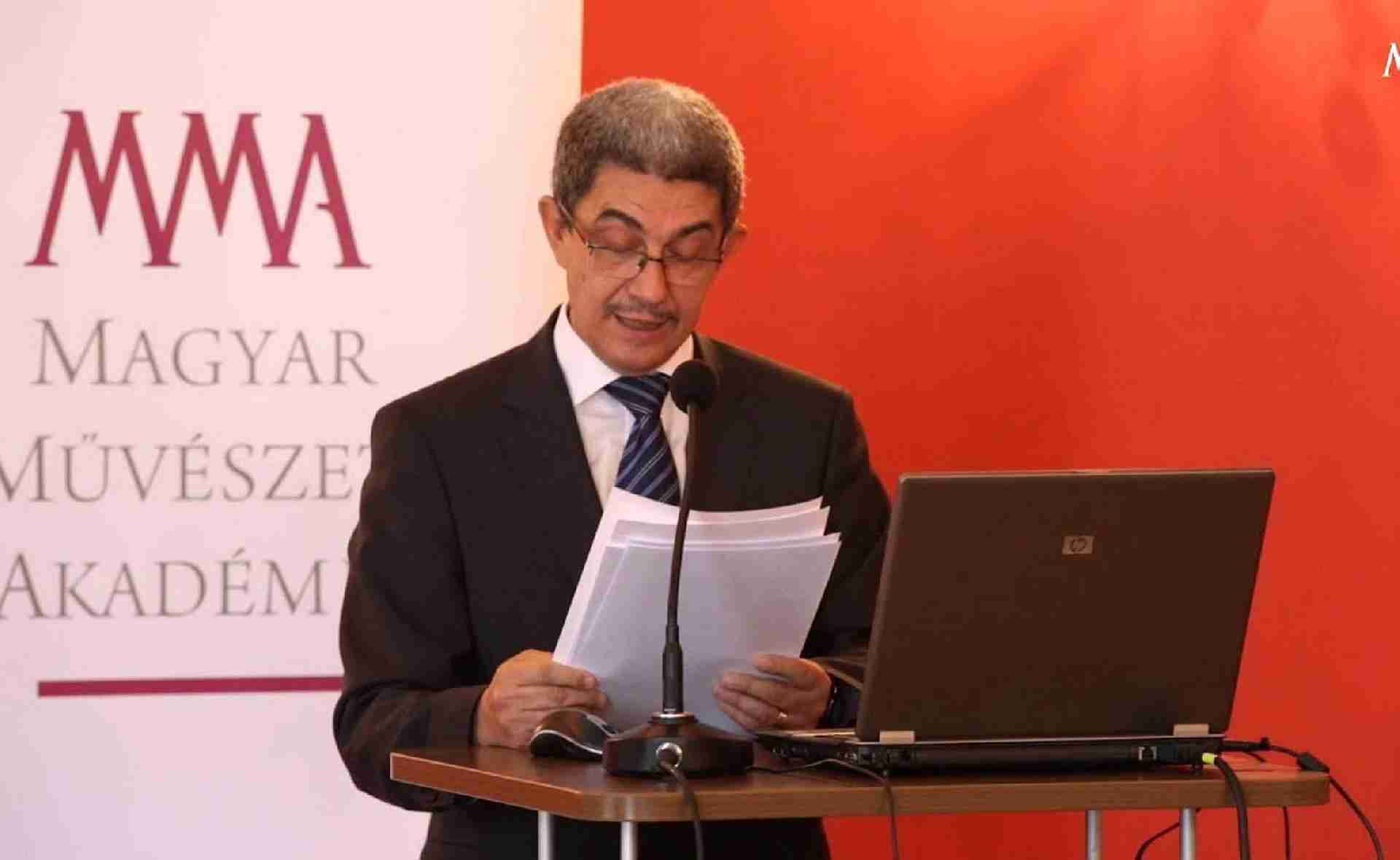
Book about the Indo-Hungarian painter Elizabeth Brunner was published in Hungary
A book about the life of Elizabeth Brunner, the famous painter, entitled India, My Love was published recently. A comprehensive work on the life and work of the artist, who was born in Nagykanizsa, Hungary, but has been in India for most of his life, has not yet been published in Hungarian. The author, Dr. Imre Lázár, a former director of the Hungarian Cultural Centre in Delhi, is a researcher in international relations, focusing on cultural diplomacy and intercultural communication. He received his Ph.D. at Jawaharlal Nehru University in Delhi, with a dissertation about the history of Indo-Hungarian cultural diplomacy. He spent a total of 11 years as a diplomat in India. He had a close personal relationship with Elizabeth. After her death, he took an active part in distribution of Elizabeth Brunner’s legacy to Indian and Hungarian museums. He has curated several Brunner exhibitions and has published numerous works on the life and art of the Brunners. Based on a detailed study of the painter’s narratives, documents from and about her, the author presents the reader with a more complete biography than ever before, demonstrating the extraordinary complexity, diversity, and uniqueness of his life and oeuvre.
Elizabeth Brunner was born in 1910. Both her father, Ferenc Sass and her mother Elizabeth Sass Brunner were outstanding artists. She inherited the talent of her parents, and proved her abilities even at a young age. She made her first portrait in 1919. In 1928, she joined the Academy of Fine Arts in Budapest, and became the student of the famous sculptor, Zsigmond Kisfaludi Stróbl. Though proved to be talented in sculpting, she eventually became a painter. She found her real genre in portraits.
In 1929 Elizabeth’s mother felt, she had to search for another environment for her artistic fulfilment. Inspired by an inner impulse, she left Hungary for Italy in May 1929, accompanied by her daughter. In Sicily, Elizabeth saw a vision of Rabindranath Tagore. In her dream the poet gave her a candle with these words: “Take this light to every nook and corner of the world!” Inspired by the dream, her mother wrote a letter to Tagore, and the great poet invited them to Shantiniketan.
They reached the Gateway of India in Bombay on February 17, 1930. The first two years they spent in Shantiniketan, then started to discover India and to visit the holy places. Touched by magnificence of the Himalayas and by the beauty and variety of Indian life and scene, as well as by the creative power of ancient Indian art, they became one with the people, nature, art and spirit of India, and became celebrated painters.
Between 1935 and 1937 they travelled a lot, they exhibited in Japan, USA and England. They returned for a short visit to Hungary, only to take their way finally back to India, which still held them enchanted. The Maharaja of Baroda offered the Brunners a contract to paint a special collection for the Baroda Museum and Picture Gallery. While in Baroda, they painted historical scenes, temples, palaces and scenes from Indian life. During the World War II, they were interned by the British authorities in Nainital in 1941. They fell in love with their prison, and after the war, they decided to settle there. Elizabeth Sass Brunner died in January 1950 in Bareli, and was buried in Nainital.
Elizabeth Brunner became known in India as the eminent portrait-painter of the great personalities of the national movement. She made excellent portraits of Rabindranath Tagore, Mahatma Gandhi, Sarojini Naidu, S. Radhakrishnan, Jawaharlal Nehru, Indira Gandhi and others. She also excelled in painting rural people and scenes of country life. After the death of her mother in 1950, she moved to Delhi and made a series of exhibitions, the most famous of which was at the 1956 Buddha Jayanti celebrations in New Delhi. This exhibition was presented also in Nepal, Burma, Ceylon and Thailand. In 1985, Elizabeth Brunner was conferred Padmashri. In 1988 she visited once again her native country, and on that occasion she was awarded the Order of Banner of the People’s Republic of Hungary. In 1995, she received the Middle Cross of the Republic of Hungary. In 1994, her native town, Nagykanizsa awarded her Honorary Citizenship.
Elizabeth Brunner is a symbolic figure in Hungarian-Indian relations, a bridge between the two countries. With her extensive contacts, she greatly facilitated the strengthening of Hungarian-Indian cultural relations. Her love for India is an eternal example, a steady point of reference for those working to develop our relations.
